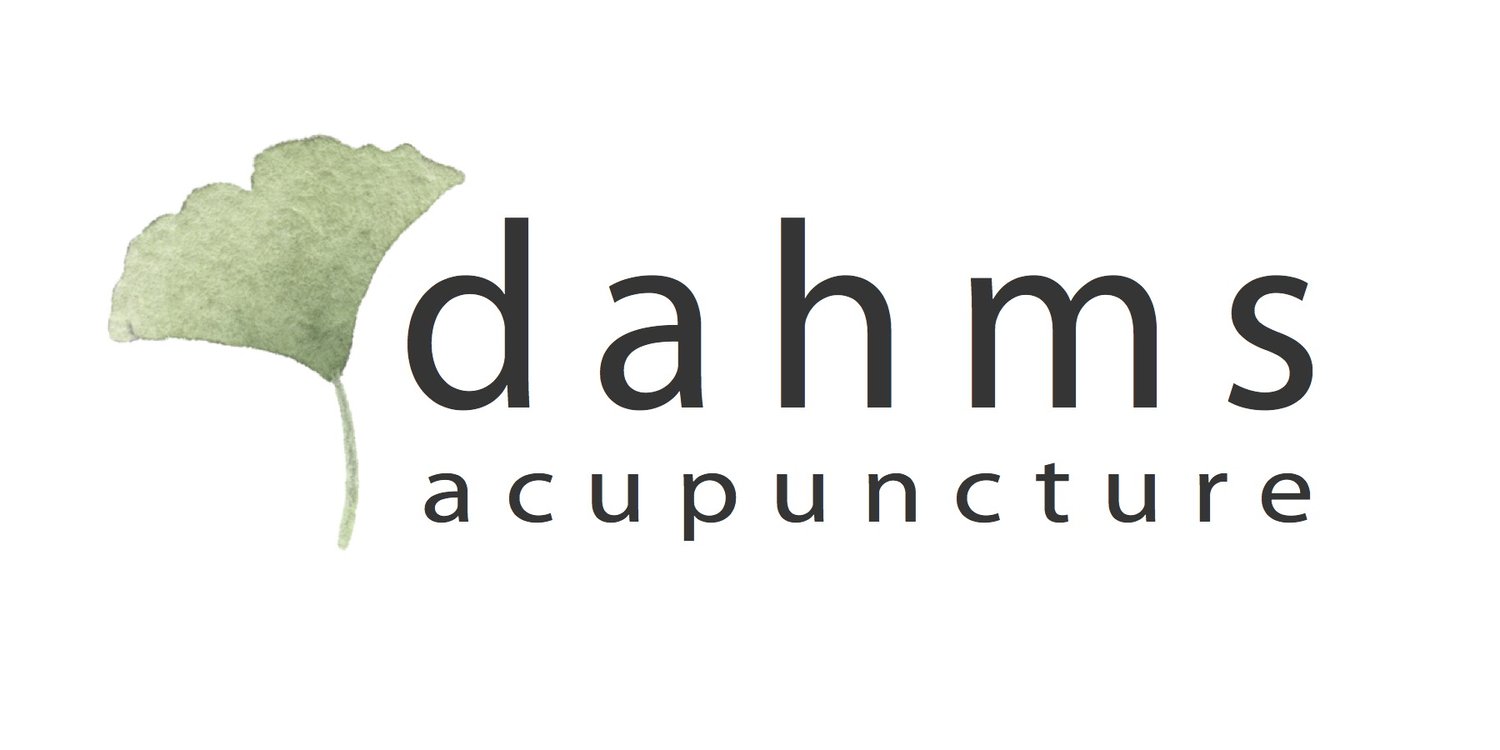Acupuncture and Migraines: Findings from a Meta-Analysis
/A meta-analysis was published in the journal The Neurologist this month that examined PubMed, the Cochrane Library, Web of Science, and EMBASE databases from their inception to April 25, 2021, for randomized controlled trials. The conclusions from this meta-analysis show acupuncture's effectiveness for the treatment of migraines when compared to sham acupuncture (or placebo acupuncture, which is performed away from the established acupuncture points or without stimulation and manipulation to avoid eliciting “De Qi” sensations or using a non-penetrating technique). To read the study in full click HERE. Below, I've included some excerpts from the study for you.
Comparison of Acupuncture and Sham Acupuncture in Migraine Treatment
An Overview of Systematic Reviews
Authors: Li, Mao MD; Wang, Weijun MD; Gao, Wen MD; Yang, Dongdong MDThe Neurologist: May 2022 - Volume 27 - Issue 3 - p 111-118
"Migraine is a common disabling primary headache disorder characterized by recurrent moderate to severe throbbing unilateral headache, which is often accompanied by photophobia, phonophobia, nausea, and vomiting. It affects around 1 billion people worldwide. According to the epidemiological statistics, the prevalence of migraine is ∼14.9% in the United States, and 9.3% in China, and it ranks as the sixth most disabling disease in the Global Burden of Diseases. Moreover, migraine imposes an enormous financial burden on the sufferers, their families, and society. In Europe, the estimated annual costs of migraine treatment and management range from €18 to €111 billion, of which about 77% to 93% are attributable to reduced productivity.The major classes of medications for migraine treatment include nonsteroidal anti-inflammatory drugs, antiepileptic drugs, ergots, triptans, and anticalcitonin gene-related peptide monoclonal antibodies. However, these drugs may induce side effects and adverse events, such as gastrointestinal dysfunction and cardiovascular damage, even though they could relieve migraine to some extent. Also, patients with chronic migraine who overuse symptomatic drugs persistently could greatly increase the risk of developing medication overuse headache. Therefore, an increasing number of people suffering with migraine are seeking for complementary and alternative therapies that have fewer side effects and superior clinical efficacy to use in their daily lives.
Acupuncture is commonly used for migraine prophylaxis; however, evidence of its efficacy was equivocal.We aimed to evaluated the efficacy of acupuncture in migraine prophylaxis and calculated the required information size (RIS) to determine whether further clinical studies are required.METHODSWe searched Cochrane library, EMBASE and PubMed from inception to April 23th, 2020. Randomized trials that compared acupuncture with conventional drug therapy or sham acupuncture were included. The primary outcome was migraine episodes. Secondary outcomes were responder rate and adverse event.MIGRAINE FREQUENCYOf the 20 included studies, 9 studies evaluated migraine frequency of acupuncture versus sham acupuncture after treatment, and the meta-analysis showed that acupuncture was superior to sham acupuncture in reducing the migraine frequency. Meanwhile, 8 studies showed the outcomes of follow-up and indicated that acupuncture was significantly superior to sham acupunctureMIGRAINE DAYSEight studies, including 1320 participants, reported migraine days as an outcome in the comparison between acupuncture and sham acupuncture after treatment. Pooled analysis showed that the reduction of migraine days in the acupuncture group was not significantly different from that in the sham acupuncture group after treatment. Seven studies, including 1227 participants, showed that there was no statistically significant difference for the number of migraine days between acupuncture and sham acupuncture groups on the follow-up.RESULTSThe results of this meta-analysis suggest that acupuncture had greater effects in reducing the frequency of migraine attacks, intensity, and responder rate when compared with sham acupuncture. However, there was no significant difference in the number of migraine days between acupuncture and sham acupuncture group. In this meta-analysis, we found evidence to support that the use of acupuncture may be of greater benefit to migraine patients than sham acupuncture.Acupuncture is not simply considered as a psychological or “placebo” mechanism. On the contrary, based on the meridian theory of traditional Chinese medicine, acupuncture has a definite degree of efficacy. The key to the curative effect of acupuncture is to select and act on meridians and acupoints, so as to produce a relatively definitive therapeutic effect, which is also called the specific effect of acupuncture. When a needle inserts into a meridian point, it can elicit a sensation called de qi and therefore has a therapeutic effect. However, sham acupuncture cannot elicit the de qi sensation. This could explain why acupuncture is better than sham acupuncture. In clinical practice, patients with migraine or headache account for a large proportion of populations treated with acupuncture for pain management, and many patients are willing to receive acupuncture treatment. In recent years, a series of scientific evaluations have been conducted on the efficacy and safety of acupuncture in treating migraine. Currently, increasingly more evidence supports the use of acupuncture in migraine patients. Although a number of previous systematic reviews have confirmed the clinical efficacy and safety of acupuncture for migraine, evaluations focusing only on acupuncture versus sham acupuncture are rare. In this review, the findings indicated that acupuncture was superior to sham acupuncture for migraine treatment. "









